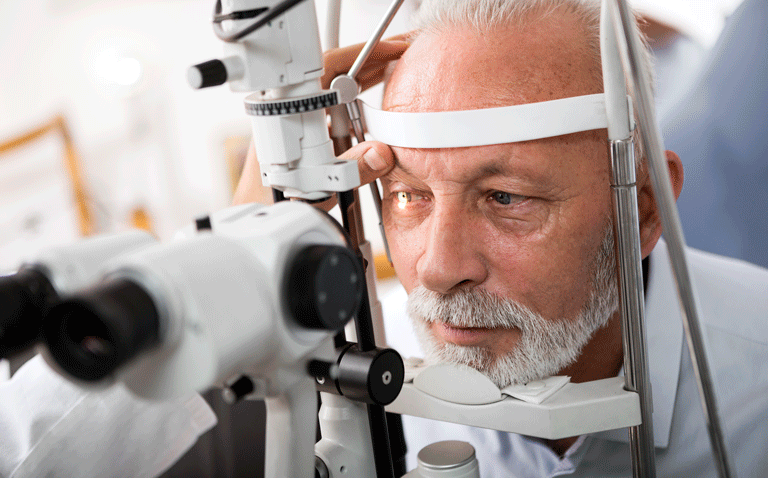The risk of glaucoma appears to be higher among individuals with suboptimal sleeping patterns such as insomnia and daytime sleepiness
An individual’s risk of developing glaucoma is higher if they have unfavourable sleeping behaviours such as insomnia, snoring and frequent daytime sleepiness according to the findings of an analysis by UK researchers.
Glaucoma is the leading cause of global and irreversible blindness, and which has been estimated to affect 3.54% of the population aged 40-80 years. The underlying cause of glaucoma is uncertain though a high intraocular pressure represents the most consistent risk factor, and a reduction of intraocular pressure is the only proven method to treat the disease.
Targeting patients with a raised intraocular pressure could therefore represent a useful screening strategy to identify those at risk of the disease. It has also become recognised that a peak in intraocular pressure occurs at night because of the head and body positions during sleep. It might be possible therefore, that the risk of glaucoma is higher among individuals who have disturbed sleep.
In fact, one study has found that in overweight individuals, those who slept <7 hours a night and > 9 hours were significantly more likely to have glaucoma compared to individuals who slept 7 to <9 hours. However, the extent to which other unfavourable sleep behaviours such as insomnia or excessive daytime sleepiness impacts on the risk of glaucoma is uncertain and was the objective of the present study.
The UK researchers used data in the UK Biobank and from which sleep behaviours had been collected via a self-reported questionnaire. An individual’s sleep duration was categorised as either short (< 7 hours/day), normal (> 7 and < 9 hours/day) or long (> 7 hours). The team also included information on chronotype (e.g., if they were a morning or evening person).
Insomnia categorises ranged from ‘never/sometimes’ to ‘usually’ and snoring was dichotomised as yes/no. Additional information collected included sociodemographic factors, gender, age, body mass index and various lifestyle factors e.g., alcohol intake, physical activity, smoking status. The intraocular pressure was assessed in both eyes at baseline and the team used regression models to assess the association between sleeping behaviours and the risk of developing glaucoma adjusting for demographic and lifestyle factors.
Glaucoma risk and sleeping behaviours
A total of 4,09,053 individuals with a mean age of 57 years (44.95% male) were included in the analysis and followed-up for a mean of 10.7 years during which time 8690 cases of glaucoma were identified.
In fully adjusted models, those who reported longer or shorter sleep duration had an 8% higher risk of developing glaucoma (Hazard ratio, HR = 1.08, 95% CI 1.03 – 1.13) compared to those sleeping 7 to 9 hours. In addition, the risk was also higher in those who usually suffered from insomnia (HR = 1.12, 95% CI 1.07 – 1.17), snorers (HR = 1.04, 95% CI 1 – 1.09) and individuals reporting frequent daytime sleepiness (HR = 1.20, 95% CI 1.07 – 1.34).
The glaucoma risk was further elevated for those reporting at least two unfavourable sleeping behaviours. For example, glaucoma risk was higher in those with insomnia and short/long sleep duration (HR = 1.13).
The authors concluded that snoring, daytime sleepiness, insomnia, and short/long duration both individually and jointly, were all associated with the risk of glaucoma. They added that ophthalmologic screening in those with chronic sleep problems could be considered for glaucoma prevention.
Citation
Sun C et al. Association of sleep behaviour and pattern with the risk of glaucoma: a prospective cohort study in the UK Biobank BMJ Open 2022.










